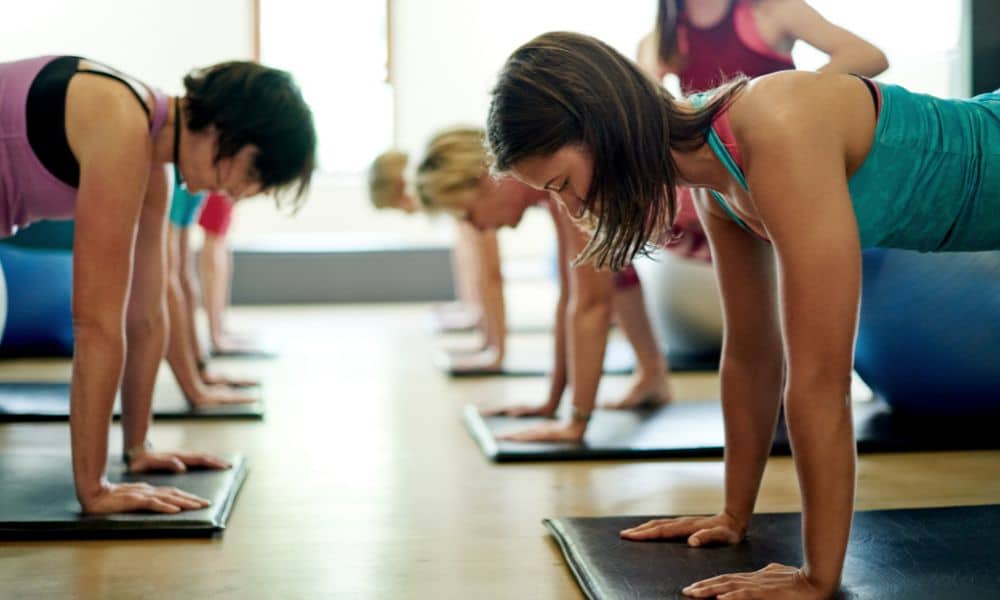Effective exercise tracking is a pivotal aspect of any fitness journey. Understanding how to track exercises can significantly enhance your performance, allowing you to reach your goals more efficiently. In this article, we’ll explore the best methods for exercise tracking and how they can improve performance.
The Importance of Exercise Tracking
Tracking your exercises is not just about recording what you do in the gym. It’s a strategic approach to monitor progress, understand strengths and weaknesses, and make informed decisions about future workouts. Effective exercise tracking can help you identify patterns, measure progress, and set realistic goals.
Tips on How to Track Exercises Effectively
1. Set Clear Goals
Before diving into tracking, define what you want to achieve. Goals give direction to your exercise tracking efforts and help you measure progress.
2. Use a Digital Fitness Tracker
Digital tools like apps or wearable devices are excellent for monitoring workouts. They provide data on various aspects of your exercise routine, from the number of reps to heart rate and calories burned. This data is vital in understanding how to track exercises effectively for improved performance.
3. Maintain an Exercise Journal
While digital tools are useful, don’t underestimate the power of a good old-fashioned exercise journal. Documenting workouts, how you felt, and what you achieved gives a personal touch to your exercise tracking.
4. Focus on Both Qualitative and Quantitative Data
When learning how to track exercises, it’s important to focus on both the numbers (like weight lifted, reps, and sets) and qualitative data (like how you felt during the exercise, energy levels, and recovery).
5. Review and Adjust Regularly
The key to improving performance through exercise tracking is to regularly review your data. This will help you make necessary adjustments to your workout plan for better results.
6. Share Your Progress
Sharing your progress with a trainer or a workout buddy can provide additional insights. Sometimes, an external perspective can offer valuable tips on how to track exercises more effectively.
Benefits of Exercise Tracking
- Enhanced Motivation: Seeing progress is a huge motivator. Exercise tracking provides tangible evidence of improvement.
- Personalized Workouts: By understanding what works best for you, exercise tracking helps in tailoring workouts to your specific needs.
- Injury Prevention: Keeping track of exercises can help identify when you’re pushing too hard or when to increase intensity.
Conclusion
Learning how to track exercises is a game-changer in improving performance. Whether you’re a beginner or a seasoned athlete, effective exercise tracking can provide the insights needed to optimize your workouts. Remember, consistency is key in tracking, as it is in all aspects of fitness. For more fitness tips and strategies, visit TF Clark Fitness Magazine, where we delve deeper into how to track exercises and other fitness techniques.




